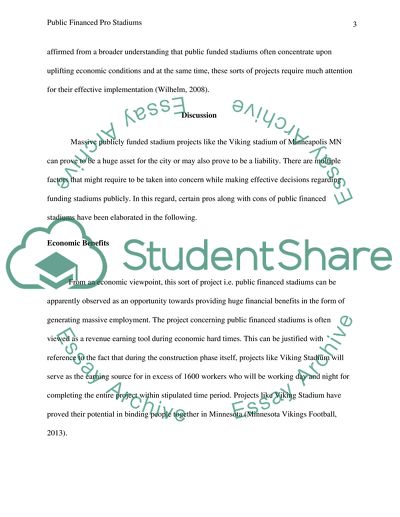Cite this document
(Publicly Financed Stadiums Drag Down Local Economies Research Paper, n.d.)
Publicly Financed Stadiums Drag Down Local Economies Research Paper. Retrieved from https://studentshare.org/social-science/1810071-public-financed-pro-stadums
Publicly Financed Stadiums Drag Down Local Economies Research Paper. Retrieved from https://studentshare.org/social-science/1810071-public-financed-pro-stadums
(Publicly Financed Stadiums Drag Down Local Economies Research Paper)
Publicly Financed Stadiums Drag Down Local Economies Research Paper. https://studentshare.org/social-science/1810071-public-financed-pro-stadums.
Publicly Financed Stadiums Drag Down Local Economies Research Paper. https://studentshare.org/social-science/1810071-public-financed-pro-stadums.
“Publicly Financed Stadiums Drag Down Local Economies Research Paper”, n.d. https://studentshare.org/social-science/1810071-public-financed-pro-stadums.


